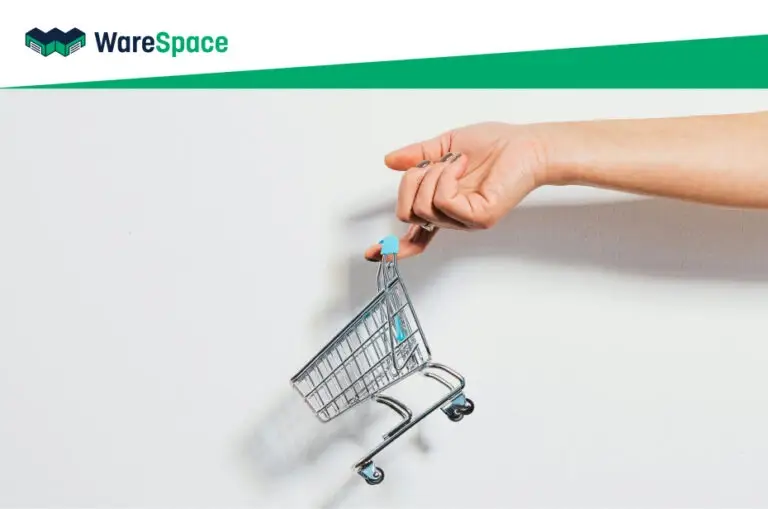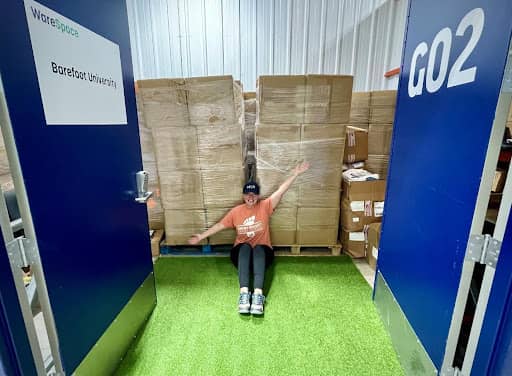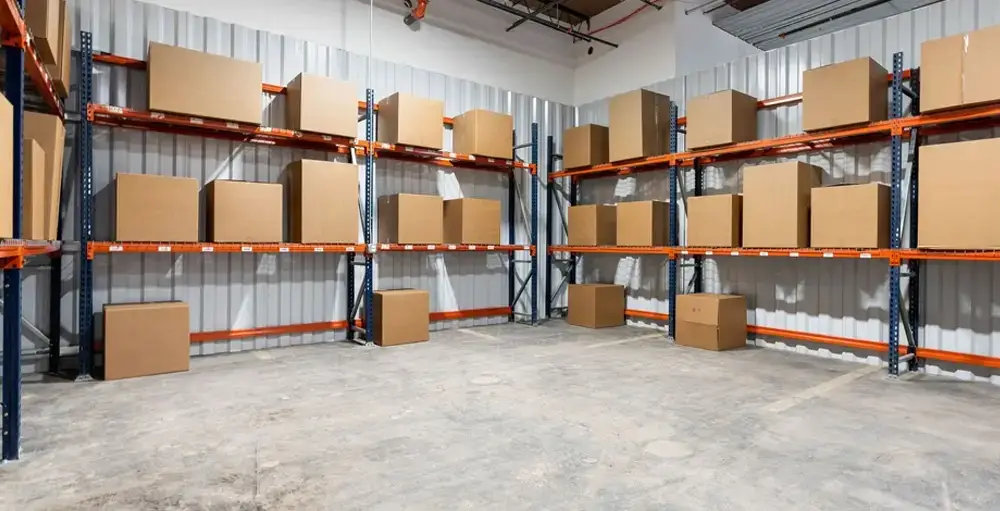Navigating the balance between online and offline sales is a challenging but essential task for small businesses looking to grow their customer base.
In this post, we will cover:
- The differences and benefits of online and offline sales methods, and why balancing both is crucial for small businesses.
- Key strategies for online marketing, including SEO, social media, and email marketing, along with leveraging data analytics.
- Effective offline marketing tactics and how to integrate both online and offline efforts for a unified brand experience.
Understanding Online and Offline Sales
Online sales refer to transactions conducted over the internet, typically through e-commerce platforms like Shopify and marketplaces such as Amazon or eBay. Offline sales, on the other hand, involve traditional methods like brick-and-mortar stores and face-to-face interactions. Both online and offline sales offer unique benefits and small businesses need to balance both approaches. Online sales provide broad market access and convenience, while offline sales offer personalized customer experiences and immediate product access.
Benefits of Online Sales
E-commerce capabilities and online technologies have revolutionized the way small businesses can reach their customers. E-commerce platforms and online marketplaces such as Shopify and Amazon have made it possible for small businesses to sell their products to customers across the globe. Online sales channels offer several advantages:
- Wide Audience Reach: Online sales allow for easy international reach, breaking down geographical barriers and enabling businesses to tap into global markets.
- Customer Convenience: Customers can shop at any time from any location, which can boost sales. Customers can also see online reviews and testimonials which can make them more comfortable in purchasing.
- Data Analytics: E-commerce platforms often include tools to track customer behavior and sales trends, helping businesses refine their strategies and better understand their customer.
- Cost-Effectiveness: Online stores often incur less overhead costs compared to brick-and-mortar stores, lowering the barrier to entry and allowing for competitive pricing.
- Greater Variety: Online platforms enable businesses to offer a wider range of products without the physical space limitations of a store.
- Marketing Attribution: Marketing campaigns directing to an online store often come with the benefit of being able to track and attribute sales. This grants greater insight into which marketing strategies and channels are performing best.
Benefits of Offline Sales
On the other hand, traditional offline sales, whether through physical stores or face-to-face interactions, have their own distinct set of benefits:
- Personalized Customer Service: Face-to-face interactions allow for personalized experiences, building stronger customer relationships and trust.
- Immediate Product Access: Customers can see, touch, and take home products immediately, which can influence purchasing decisions.
- Community Engagement: Physical stores can become community hubs, fostering local brand loyalty.
- Local Foot Traffic: Most brick-and-mortar stores will be near areas of high foot traffic, providing a source of customers at no extra marketing cost.
Offline sales environments allow businesses to create unique, immersive experiences that can’t be replicated online. Hosting special events, offering in-store promotions, and creating a tactile brand experience can all significantly enhance customer loyalty and brand perception.
Developing a Strategy for Online Marketing
To thrive in the online space, small businesses need a way to drive potential customers to their online store or marketplace and keep them coming back. There are various online marketing strategies that can be used to accomplish this:
- SEO (Search Engine Optimization): Improving website visibility in search engine results, such as on Google, helps attract organic traffic.
- Social Media Marketing: Engaging with customers through platforms like Instagram, Facebook, and Twitter. This can be through organic posts and community engagement or paid social media ads targeted to key demographics.
- Email Marketing: Email remains a powerful tool for maintaining customer relationships and promoting products. Platforms such as Klaviyo and MailChimp make it easy to set up and start sending emails.
Online marketing revolves around using tools to analyze customer data and tailoring strategies to specific audiences. Understanding the demographics of customers who purchase allows businesses to refine paid media marketing campaigns to target people most likely to convert. Using website data to streamline the user journey can make it easier for customers to find what they are looking for, increasing sales. Implementing personalized product recommendations based on website visitor data can increase the likelihood of conversion as customers feel that the offerings are relevant to their needs and interests. The possibilities of data analytics in online sales are endless.
Leveraging Offline Marketing Tactics
Much like online sales, there are many marketing tactics that can be used to boost businesses’ offline sales and local community:
- Hosting Events: Organizing events to engage with the community and showcase products. These events can range from product launches to customer appreciation days, offering unique experiences that draw people into the store.
- Print Advertising: Utilizing newspapers, magazines, and flyers to reach local customers. Print advertising can effectively target specific demographics and complement digital marketing efforts.
- Direct Mail Campaigns: Sending promotional materials directly to customers’ mailboxes. This traditional method can be very effective when combined with personalized offers and exclusive deals.
Creating a personal connection with a customer is the cornerstone of offline sales. Coupled with excellent customer service, these interactions offer memorable experiences that build brand trust and loyalty.
Integrating Online and Offline Efforts
Offline strategies often complement online efforts, creating a cohesive marketing approach that benefits from the advantages of both approaches. Consider tactics such as:
- Click-and-collect services, where customers buy online and pick up in-person. This seamlessly blends the convenience of online shopping with the immediacy of offline purchasing.
- Cross-channel promotions to link online and offline activities. For instance, promoting an in-store event through social media channels or encouraging online customers to visit a physical location with exclusive in-store discounts.
- Signing up customers for an email newsletter when purchasing in-store. This can be a great way to link an offline purchase with online brand presence and repeat sales.
With any of these approaches, it is critical to ensure consistency across online and offline platforms. Maintain a consistent visual and contextual brand identity across all platforms, including logos, color schemes, fonts, and brand voice to present a unified brand message.
Measuring Success and Adapting Strategies
To assess the effectiveness of sales strategies, it’s essential to set and monitor key performance indicators (KPIs) for both online and offline sales. KPIs like conversion rates, average order value, and customer acquisition costs help identify what’s working and what needs adjustment. For instance, if online traffic is high but conversion rates are low, it might indicate a need for better website optimization or clearer calls to action.
Flexibility in strategy is also crucial. Regularly analyzing sales data and customer feedback allows businesses to adapt to changing customer preferences and market trends. For example, if customer feedback indicates a preference for a particular product feature, consider emphasizing that feature in future marketing efforts. Being open to change and willing to test new approaches ensures that businesses stay relevant and responsive to customer needs.




















 ►
Explore 3D Space
►
Explore 3D Space